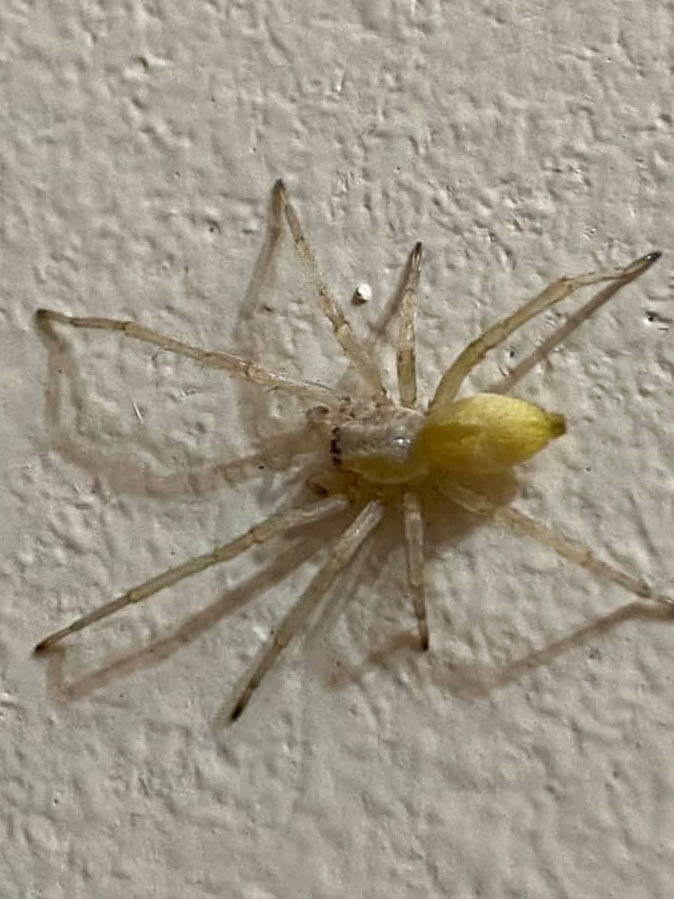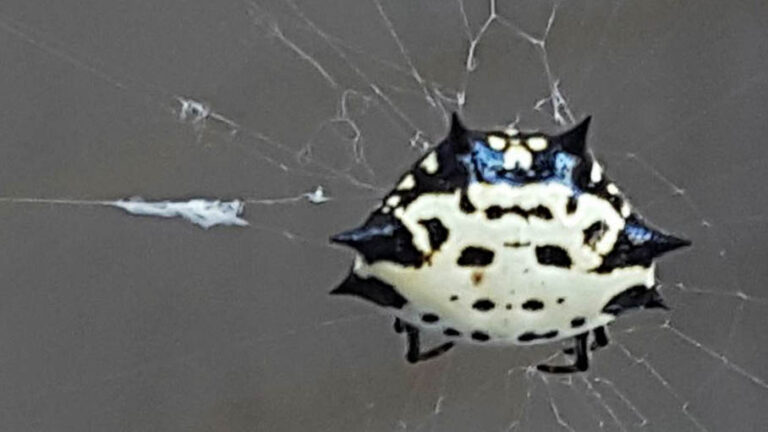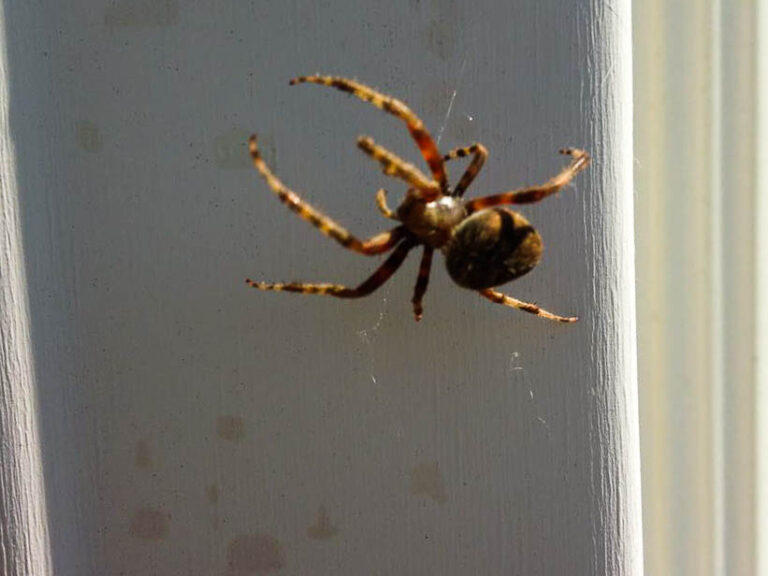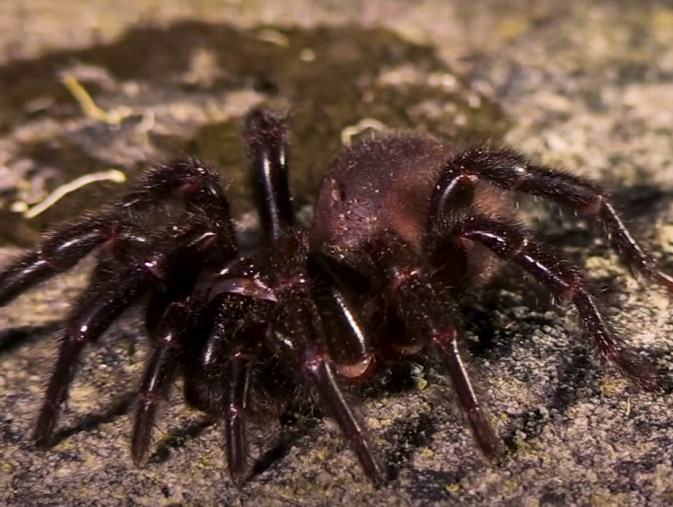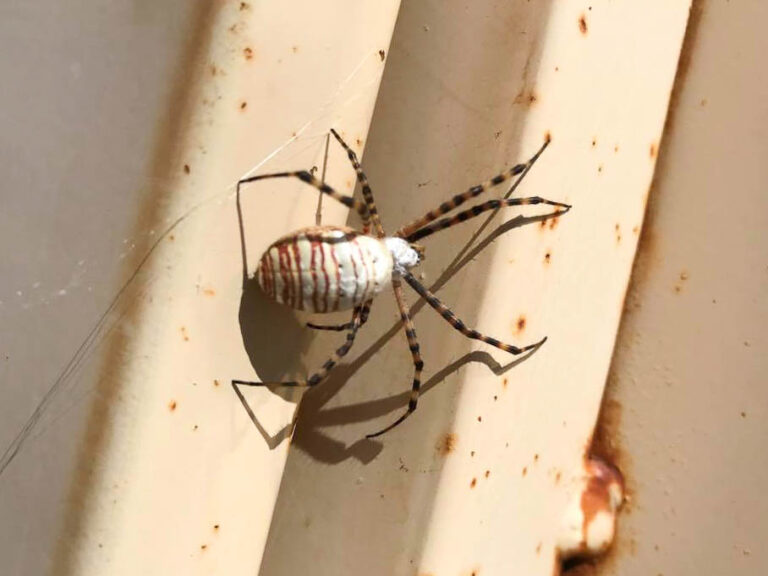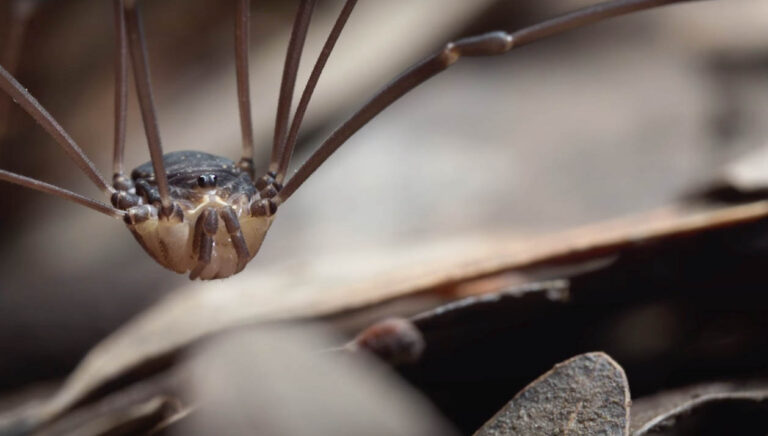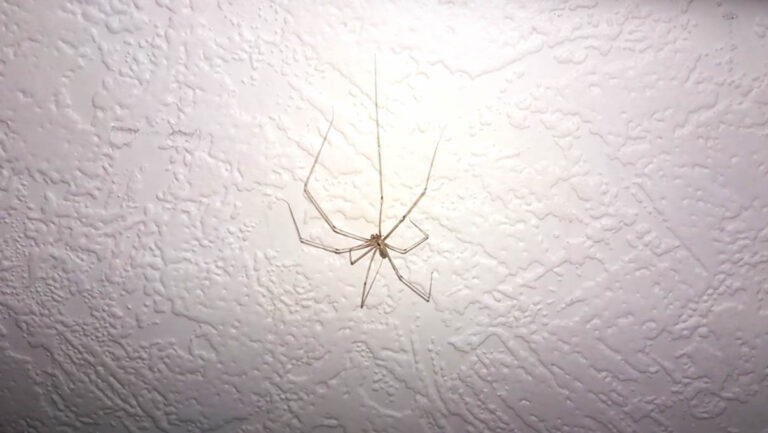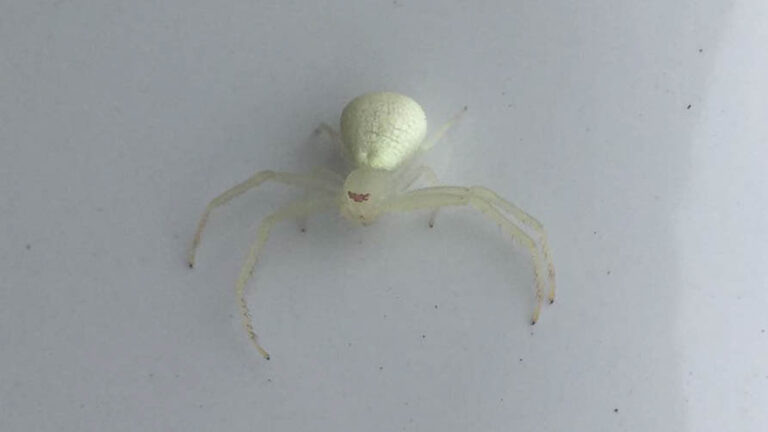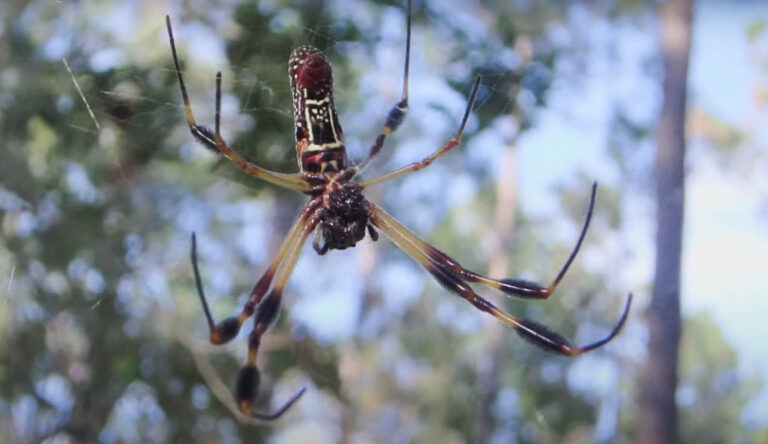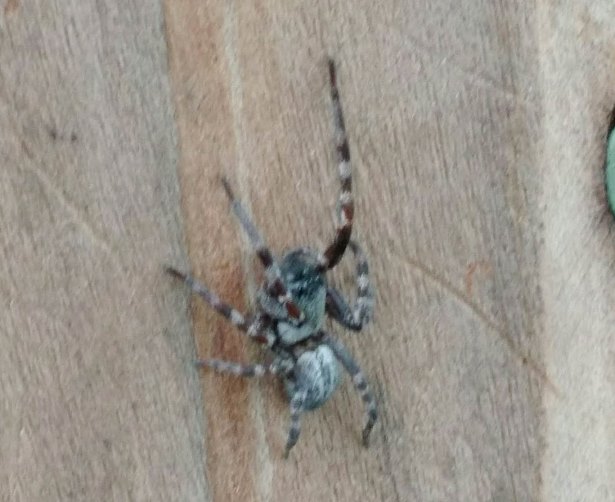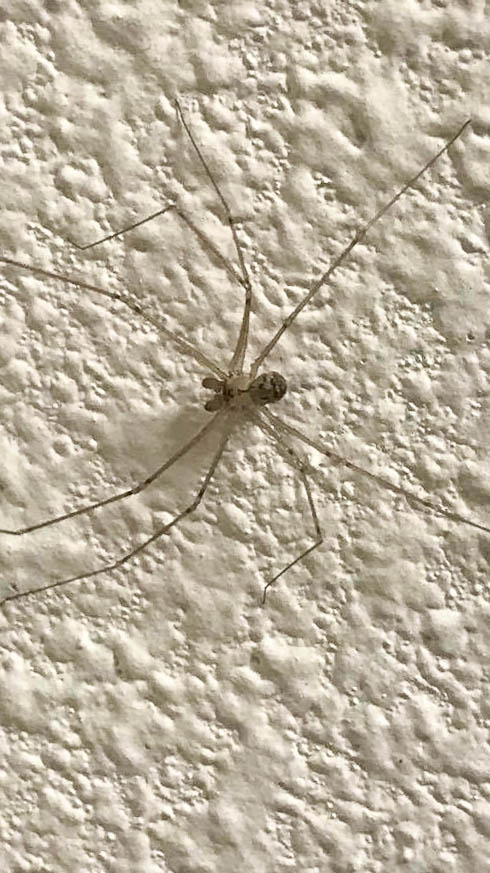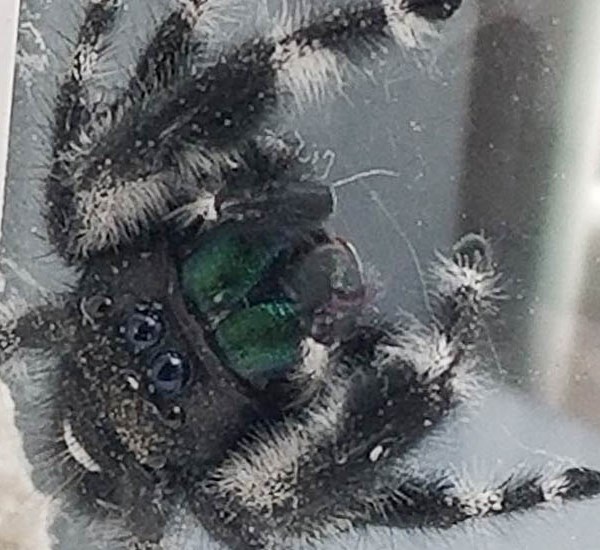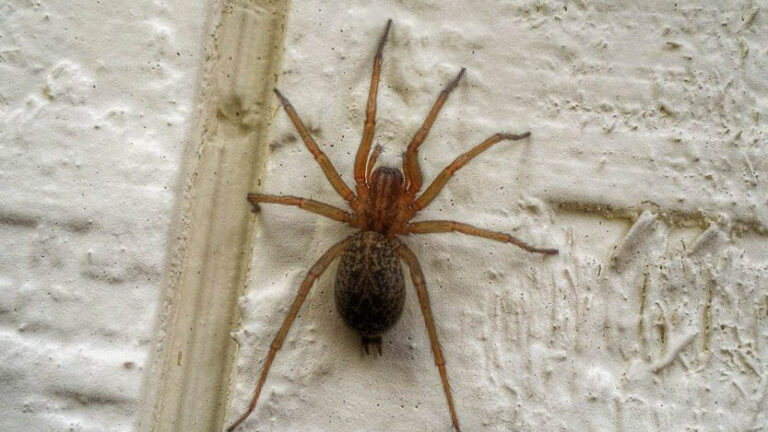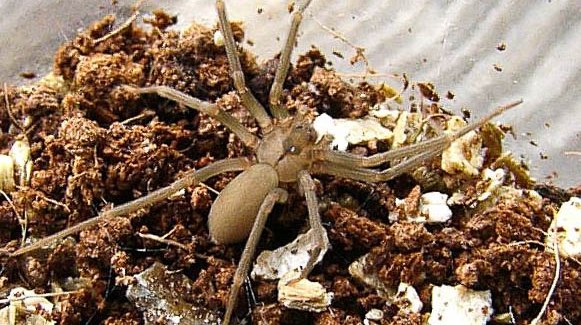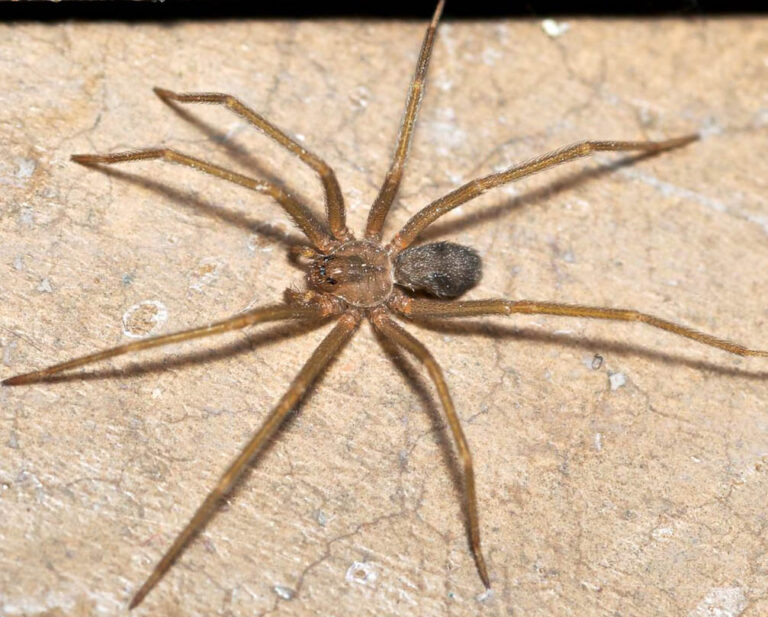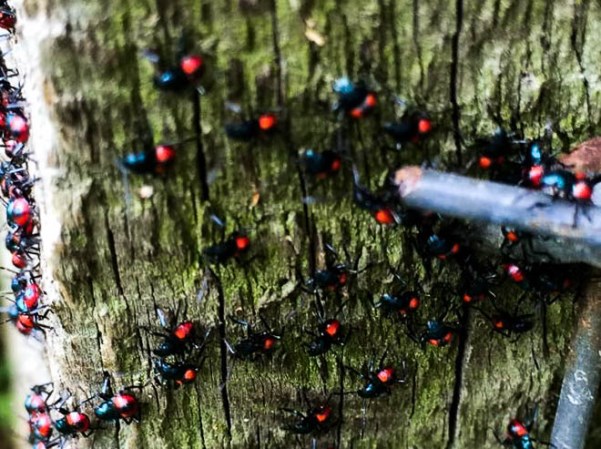About Brown Recluse Spiders
About Brown Recluse Spiders
The brown recluse (Loxosceles reclusa), also known as the fiddle-back, reaper, or violin spider, is one of North America’s most venomous insects. The name violin comes from the violin shape-like structure on its dorsum. This type of spider is known for its necrotic venom, which though may not be fatal to humans, the bite may require medical attention. Not to mention, the violin shape is not an identity mark for the brown recluse because there are other spider species with the same mark. The only distinctive feature of the brown recluse is their three pairs of eyes. Most spiders have eight eyes; only a few spider species have six. However, you’ll need a high-quality hand lens to identify the multiple eyes.
Appearance
The brown recluse is light brownish, dark brown, or blackish-grey. They vary in size from 6 to 23mm. Unlike other spider species, the abdomen and the cephalothorax of a brown recluse spider may have slightly different colors.
Besides that, the violin shape’s color intensity depends on age. As such, the old mature brown recluse has a darker violin shape. When it comes to body protection, it has short soft furs covering the abdomen and spineless legs.
This type of spider lays eggs with a white, silky, and loosely woven egg-case, with each case containing 30 to 300 eggs. The female brown recluse spider is highly reproductive and can produce several egg-cases in a span of 60 to 90 days.
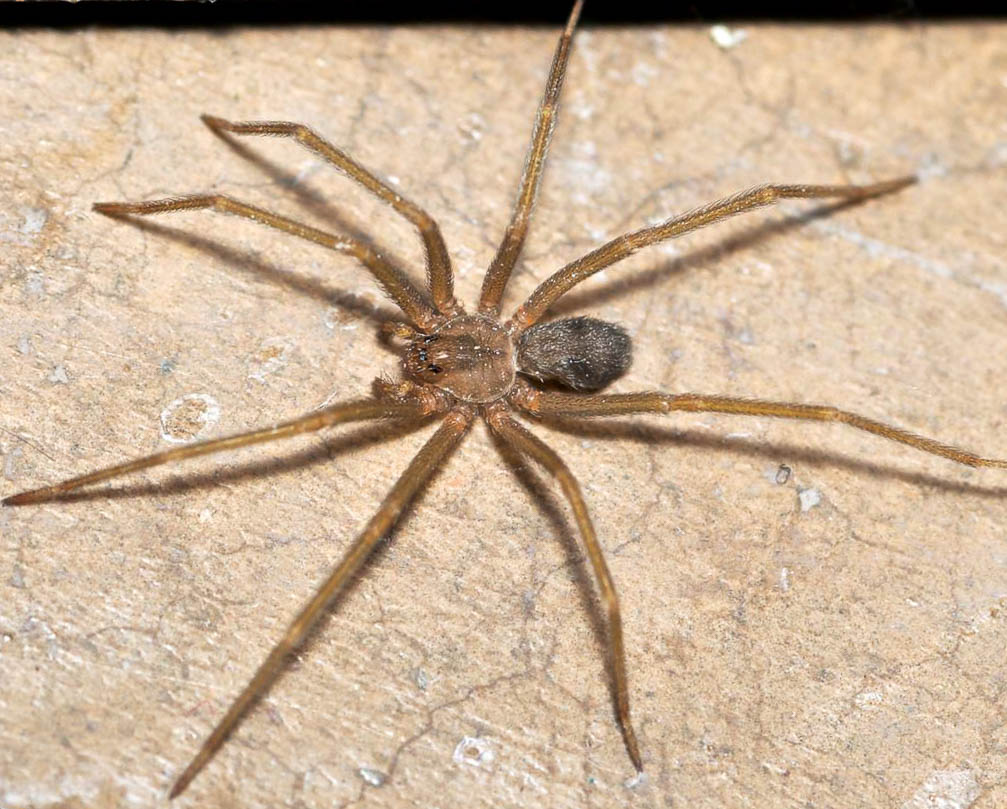
Behavior
Apart from venom injection, the brown recluse uses autotomy as a form of defense. Autotomy is when an animal sheds off part of its body to distract its attacker before escaping. In this case, the brown recluse sheds its leg, and interestingly, it doesn’t regenerate another leg throughout its life. When a recluse spider loses its leg, it changes the mode of locomotion. Just like other spiders, the brown recluse is a night hunter for insects like flies, mosquitoes, beetles, and others, whether dead or alive.
The male brown recluse is the “romantic” type; they know how to lure their females into mating. To appeal to their potential mates, they will dance or bring. Since these insects are nocturnal, you can rarely see them on exposed surfaces, especially during the day, unless they are starving and hunting for food. Their interaction with humans is seldom; they would instead retreat when they sense humans moving closer to their hiding spot.
Life Cycle
Brown recluse spiders have a lifespan of about 1-2 years. The females produce about 5 sacs of eggs in a period of up to 3 months, with each sac holding an average of 50 eggs. The females incubate eggs for almost a month. But the molting period goes up to a year. Their maturity and lifespan are affected by the surrounding conditions. As such, the adult brown recluse spider is hardy and able to survive a hostile environmental condition, such as the absence of food, food scarcity, and drought for up to 6 months.
Habitat
The brown recluse prefers dark, dry, and uninhabited areas like basements, cupboards, and abandoned houses. In the outdoors, you will find them in a stack of wood, sheds, or garages. This spider species is resilient and can withstand hostile weather conditions. Besides that, they can go up to a month without water. Males hunt when darkness looms while the females mostly remain near their webs. As much as you might not want a brown recluse spider in your home, they may be beneficial as they prey on nuisance insects like mosquitoes.
Are Brown Recluse Spiders Harmful?
Yes, brown recluse spiders produce highly potent venom though it’s not fatal. If this spider bites you, you will likely experience severe pain, chills, fever, joint pains, and ulcers.

Once the venom is injected into the body, it leads to a localized death of the affected tissues in a necrosis condition. Even though there is no known anti-venom for the bites, they are treated symptomatically. Therefore, it’s advisable to seek medical attention as soon as possible to get the necessary assistance before things get out of hand.
How to Control Recluse Spiders
Having known the dangers of brown recluse bites, taking effective control measures can go a long way in ensuring the safety of your family and pets. Such methods include both chemical and non-chemical means. Ready to explore?
Below are the methods.
Chemical methods include:
- Contact sprays
- Spot treatment
- Dust application
Non-chemical methods include:
- Exclusion
- Sanitation
- Spider web removal

